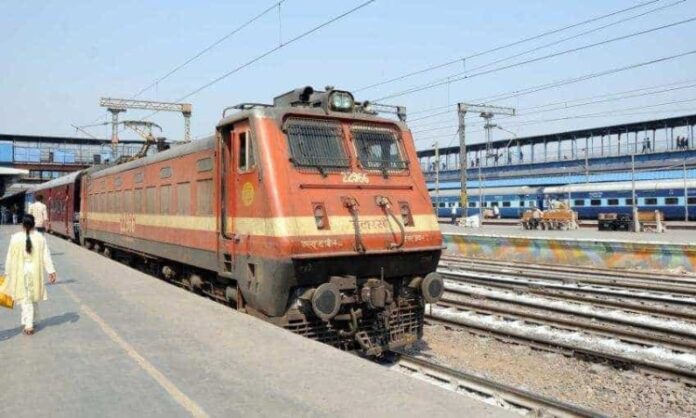New Delhi: Operating ratio of the Indian Railways might have gone up a bit in 2021-22 as compared the last fiscal, still its finances have slipped into a “concern zone”, remarked the Comptroller and Auditor’s General (CAG) report tabled in the Parliament.
The report said that the national career has been spending ₹107 to earn ₹100 during 2021-22, owing to higher appropriation to fund pensions.
The report stated that the Indian Railways (IR) could not generate a net surplus during 2021-22, as it had done in 2020-21 with an operating ratio (OR) of 97.45% in year 2020-21. The OR is a measure to calculate the ratio of working expenses to traffic earnings-a higher ratio indicates lower ability to generate a surplus.
Also Read: Indian Railways revenue in Aug up by 38% vis-à-vis last year
The IR could not generate a net surplus during 2021-22 as it had done in 2020-21 with an operating ratio of 97.45%. The report also found that the total expenditure (revenue and capital heads) of the ministry of railways was ₹3,96,658.66 crore (35.19% more than the previous year), which was comprised of ₹1,90,267.07 crore (22.61% more than the previous year) of capital and ₹2,06,391.59 crore (49.31% more than the previous year) of revenue expenditure.
The IR, as per the CAG report, incurred around 75.47% of the total working expenses on staff costs, pension payments and lease hire charges on rolling stock. “Inadequate generation of internal resources resulted in greater dependence on gross budgetary support (GBS) and extra budgetary resources (EBR). The amount of EBR was ₹71,065.86 crore, which represented a decrease of 42.31% as compared with 2020-21,” the report said.
Also Read: Railway removes Amitabh Banerjee as IRFC CMD over corruption
The report also noted that passenger fares are being cross-subsidised using profits generated on freight operations. This cross-subsidisation continues to be a concern, as railways has not been able to raise fares in the sleeper class.
According to the CAG, in FY22, the railways’ loss decreased over the previous year but the entire profit of ₹36,196 crore from freight traffic was utilised to cross-subsidise and compensate the loss on operation of passenger and other coach services.




